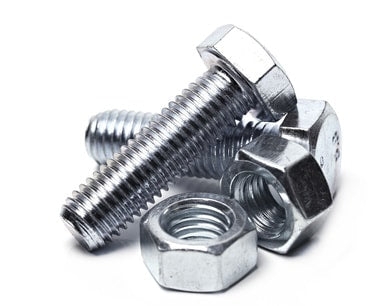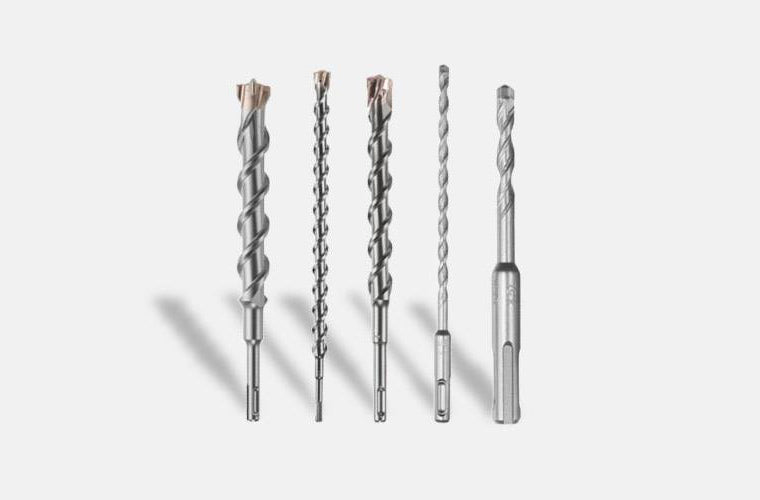
What are the differences between 18-8, type 304, and type 316 stainless steels?
To answer this question, you first need to know some basic information about stainless steel. “Stainless Steel” is the general name for a large family of alloy steels that contain at least 10.5% chromium as part of their composition. At and above this level of chromium, a complex chrome-oxide surface layer forms that prevent further oxygen atoms from penetrating into the steel and thus protects the iron in the matrix from rusting. This layer is what makes the steel “stainless.” Higher levels of chromium and the addition of other alloying elements such as molybdenum and nickel enhance this protective barrier and further improve the corrosion resistance of the stainless steel. There are many different types of stainless, but by far the most popular and widely used are the 300 series stainless sheets of steel, also known as the austenitic stainless steels.

The 300 series designation contains many different compositions of alloy steel (303, 304, 305, 316, 321, 347, etc.) but the common factors among them are:
- Their carbon content is generally held to a maximum of 0.08%
- They (generally) have 18% chromium
- They (generally) have 8% nickel
- They are non-magnetic
- They cannot be hardened by heat treatment
- They can be hardened by cold working the material (“work hardening.”)
The term “18-8” is often used to designate products made from 300 series stainless. This “18-8” call out is referring to the 18% chromium/8% nickel alloy mixture of the steel. “18-8” is not an actual specification, as it only refers to two different alloys in the steel. While all 300 series stainless steel share this 18/8 mix, slight differences in chemical composition between the different grades of the 300 series do make certain grades more resistant than others against particular types of corrosion. In the fastener industry, the term “18-8” is often used as a designation for a bolt, nut, or washer manufactured from 300 series stainless steel material that has the 18% chromium/8% nickel alloy mixture. However, a fastener manufactured from stainless material that meets the 18/8 alloy mix does not necessarily meet the other slight differences in chemistry required to certify it as Type 304 stainless. Type 304 is by far the most popular of the 300 series stainless steel.
The second most popular type of stainless, after Type 304, is Type 316. In Type 316 stainless, the chromium content is lowered from 18% to 16%, however, the nickel content is raised to 10% and 2% molybdenum is added to the mixture. This change in the chromium/nickel ratio and the addition of the molybdenum increases the resistance to chlorides. This is why Type 316 stainless is often used in more corrosive environments where the material will be exposed to chemical, solvent, or salt water corrosion and makes it the preferred material for marine construction.
[source]




